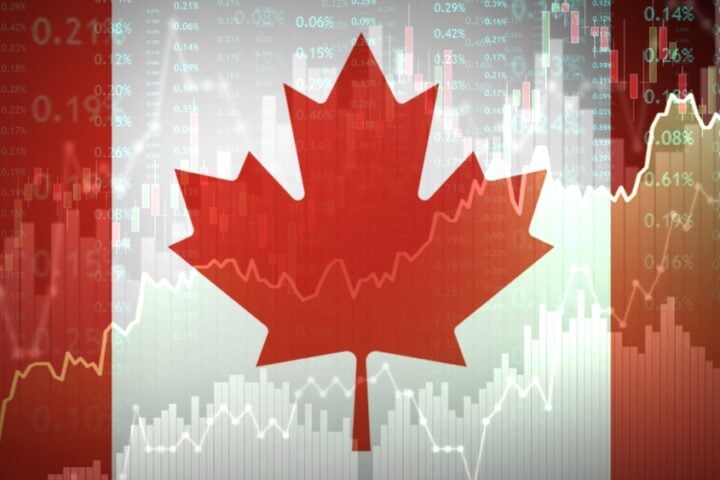The producer price index (PPI), which measures wholesale prices at the final-demand stage, rose 0.4% in November, exceeding the Dow Jones forecast of 0.2%, the Bureau of Labor Statistics reported. On an annual basis, PPI climbed 3%, the largest year-over-year increase since February 2023.
Excluding food and energy, core PPI rose 0.2%, aligning with expectations. Removing trade services further reduced the monthly increase to 0.1%.
Food Prices Drive Inflation Spike
A 3.1% surge in food prices contributed significantly to the 0.7% jump in final-demand goods prices, marking the largest increase since February 2023. Chicken egg prices soared 54.6%, with other items like dry vegetables, fresh fruits, and poultry also seeing sharp price hikes. At the retail level, egg prices rose 8.2% from October and 37.5% year-over-year.
Services costs increased 0.2%, driven by a 0.8% rise in trade services.
Broader Inflation Context: CPI and PPI Trends
The PPI release follows a consumer price index (CPI) report that showed a 0.3% month-over-month increase and a 2.7% annual rise in November. Despite these inflationary pressures, markets expect the Federal Reserve to cut interest rates by a quarter percentage point at its upcoming meeting, citing an overall trajectory toward disinflation.
The Commerce Department’s personal consumption expenditures price index (PCE), the Fed’s preferred inflation gauge, is projected to rise to 2.6% in November, with core PCE reaching 3%. These metrics remain above the Fed’s 2% target but indicate gradual progress.
Labor Market Concerns Add Complexity
The Fed’s anticipated rate cut also reflects concerns over the labor market. Initial jobless claims rose to 242,000 last week, surpassing the 220,000 forecast and marking the highest level since early October. Continuing claims edged higher to 1.89 million, while their four-week moving average hit a four-year high.
Economic Outlook and Market Reactions
Economists view the latest inflation and labor data as largely benign, with supply-side factors likely supporting inflation’s eventual return to the Fed’s 2% target barring an exogenous shock.
Stock market futures dipped slightly after the reports, and Treasury yields were mixed. Futures markets maintained a 98% probability of a Fed rate cut next week, according to CME Group data.







